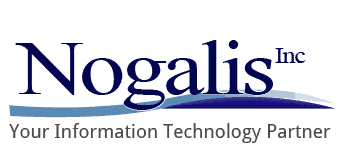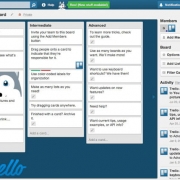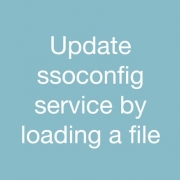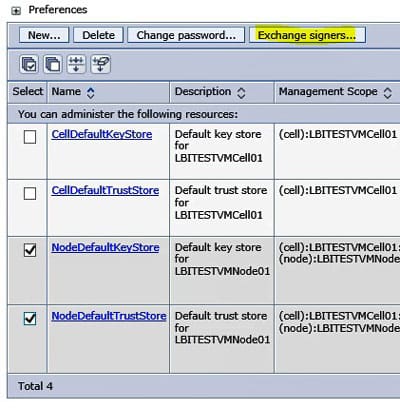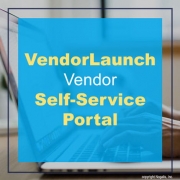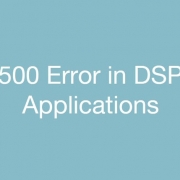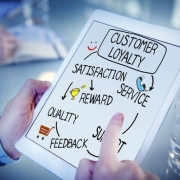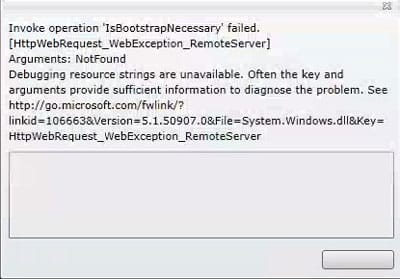The Nogalis team is always busy with multiple projects, and a way to stay on top of our productivity is by using Trello. Trello is a web based list-making application that is shared by everyone in your team to keep everyone up to date on all tasks, progress, and deadlines. This helps our team stay current with all our projects. Trello also has a blog that features tips on increasing productivity, workflows, and current events and news. We’ll be sharing some of those tips on our own blog from time to time. Take a look at the first tip below!
Overcoming Defense Mechanisms
Defense mechanisms were first noted by notable psychologist Sigmund Freud. At their core, defense mechanisms are self-serving. We subconsciously use them to protect ourselves from negative thoughts or feelings such as anxiety or guilt. How do you stop your own defense mechanism from becoming a bigger problem, especially in the workplace? There are a few things you can do. The first step in making any change is to recognize the problem. Analyze your thoughts, emotions, reactions, and exchanges at work to figure out which of the above defense mechanisms you’re using as a crutch. Following this you can practice compartmentalization by segregating different thoughts or portions of your life (i.e. shutting out any personal problems while you’re at work). Next, projection; assign your own thoughts and emotions to others. Then practice undoing by attempting to backpedal a negative behavior with a lot of positive. For example, if your first line of defense is to say something negative to a colleague, then backpedal and instead compliment or say something positive about the given situation. We all have defense mechanisms and we all have the capability to change (not use them as often), especially in the workplace. By eliminating such defensive habits, we could get more work done at the office and increase work productivity.
Original post by Kat Boogaard from Trello.
Stay tuned for more tips from Trello!
